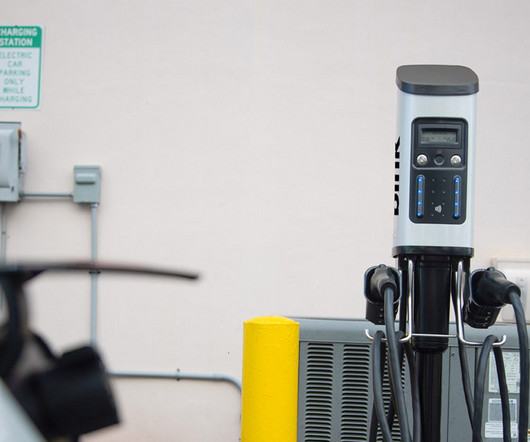Kobe team’s hematite mesocrystal photocatalyst simultaneously produces hydrogen and hydrogen peroxide
Green Car Congress
MAY 2, 2022
Ideally, photocatalysts could use sunlight and water to produce hydrogen, however it is necessary to achieve a conversion rate of 10% to enable such a system to be adopted industrially. It has been pointed out that even if this efficiency is achieved, the cost of hydrogen will not reach the desired value. under 600nm). Tachikawa et al.













































Let's personalize your content